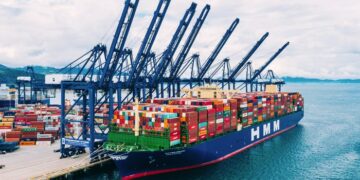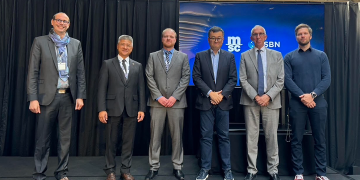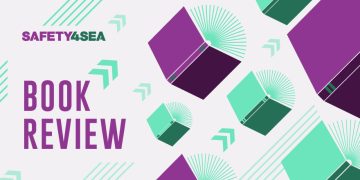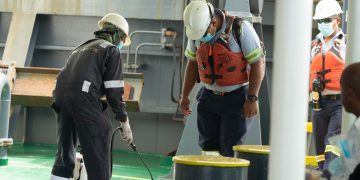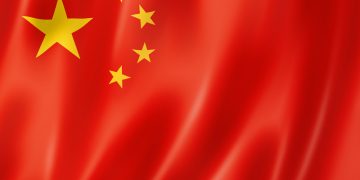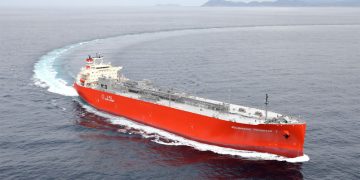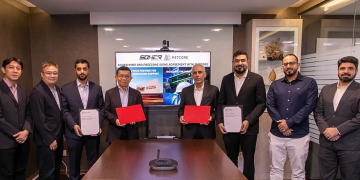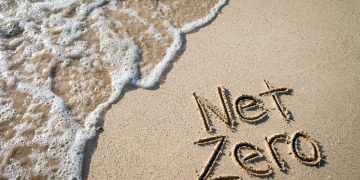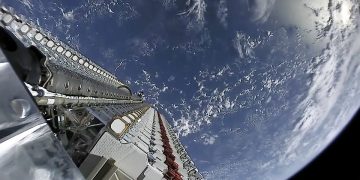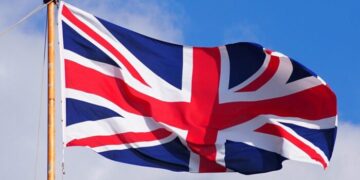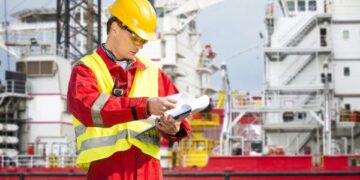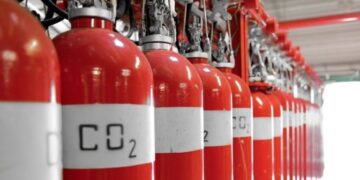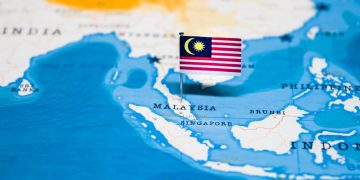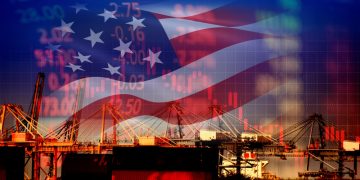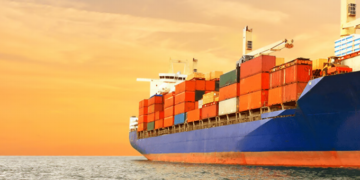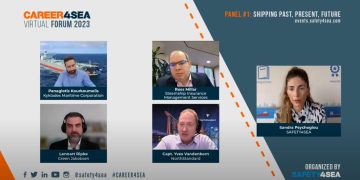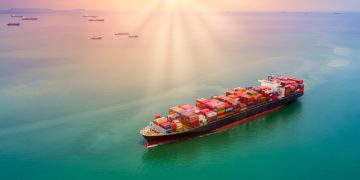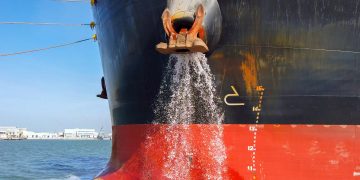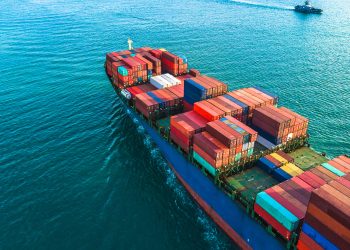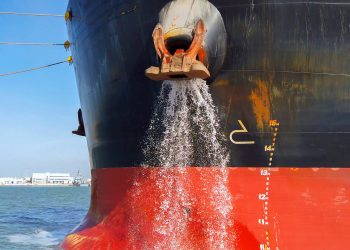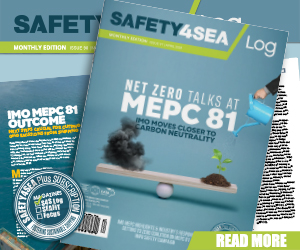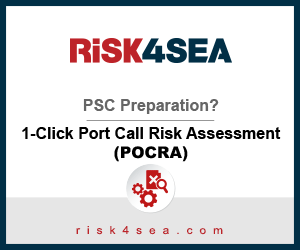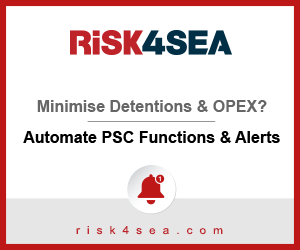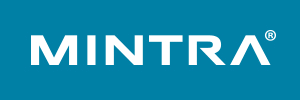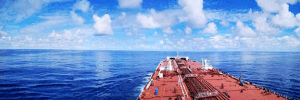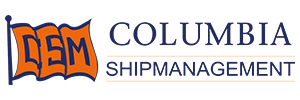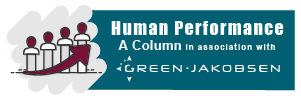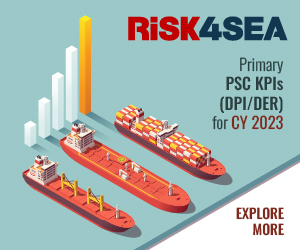During the second SAFETY4SEA Singapore Forum, Rakesh Bhargava, Director at Sea Sentinels, examined the ‘IHM and its Maintenance,’ underlining that the preparation of IHMs are crucial for green ship recycling. Mr. Bhargava stressed potential problems, considering the mounting pressures on shipowners, surveyors and the capacity of those tasked, emphasizing on the importance of the IHM for recyclers.
Regarding the European ship recycling regulation, all of us believe that it only refers to the end-of-life ship recycling of ships but there is an aspect of EUSRR which affects each and every ship sailing immaterial of Flag – And that is IHM. Any vessel sailing and going to EU in any port or anchorage cannot sail without having the certified IHM from 31 Dec 2020.
But what exactly is IHM? Let’s say, a year back if we asked people what is IHM, I bet a lot of people wouldn’t know that. Of course, it was existing since 2009, when the Hong Kong Convention was adopted, but the real importance was realized once EUSRR was passed by the EU parliament as law and the eif date is coming closer. Ship managers and ship owners have many bigger things to think about than IHM such as scrubbers, LNG, fuels for compliance with the SOx the NOx regulations, options which are very expensive. IHM is not so expensive, but it is equally important for the vessel to be sailing to EU.
IHM is just a detailed document, certified, outlining all the existing hazardous material onboard ships. Those hazardous materials are actually already identified by IMO and there is no ambiguity in it. How they are, where they are, what you have to do to identify them, all guidelines are very clear in the IMO.
The IHM consists of three parts. Only part one will be applicable for the existing vessels. Part 2 and part 3 will be for ship recycling. In part 1, there are two tables: One is table A, which consists of Asbestos, PCB, Ozone depleting substances and organotin compounds
These are mandatory to be identified onboard.
Table B consists of heavy metals and other Hazardous Materials which are not mandatory but need to be identified as far as practicable. So, one has to show evidence that efforts have been made to identify these and collect as much info as possible. It’s not that it can be swept under the carpet.
Table C and table D goes to part 2 and part 3, which is for the last voyage when the ship goes for recycling A is mandatory for all ships, all existing and new vessels, while Table B is mandatory for new buildings. That means Table A and B, both are mandatory for the new buildings.
And where do we find them? Generally, we look everywhere in cement, in installations, in sealing compounds. There is an IMO stipulated indicative list which roughly points out to where these materials could be.
Hong Kong Convention is not ratified yet which set the whole ball rolling. For recycling, many years back we had a largely unregulated recycling industry where there were accidents and incidents occurring which largely went unreported.
The owners used to sell the vessel to the yards, and once the vessel delivered, the doors used to be closed, like an Iron Curtain and nobody knew what was going on behind. Realizing this, various regulatory bodies like ILO, and various international bodies started up and we had regulations coming in eg the Basel convention, and then the IMO stepped in with the Hong Kong Convention which was adopted in 2009 in Hong Kong.
Typically, IMO had various conventions but here this HKC has a small tweak which makes it difficult for it for it to be ratified.
For example, if you come to item 4, one requirement for Hong Kong Convention ratification is that, for the recycling tonnage, out of the 40% tonnage that sign on, 3% must be at least for states which are recycling ships with recycling volumes for the past 10 years. They must sign on and that’s a key question now. Who are the biggest recycling countries? China India, Bangladesh, Pakistan, Turkey. Out of these recycling countries, only Turkey has ratified it. India is working on it and may sign on by next year (now signed on); Bangladesh and Pakistan will still take some time. So left is China. So, unless China signs on; HKC ratification will take time.
[smlsubform prepend=”GET THE SAFETY4SEA IN YOUR INBOX!” showname=false emailtxt=”” emailholder=”Enter your email address” showsubmit=true submittxt=”Submit” jsthanks=false thankyou=”Thank you for subscribing to our mailing list”]
Meanwhile realizing the delay, the EU stepped in with the SRR when they understood that ‘this is not happening’ with incidents continuing unabated.
As such, they passed the law in Parliament in 2013. That law took over Hong Kong Convention into its ambit, plus added some more clauses. Even if they cannot regulate IMO and cannot regulate all flag vessels, EU stipulated that all vessels coming to EU ports at least must have a certified IHM. And that’s the background where IHM becomes mandatory for all vessels entering EU.
For the IHM, the EU added two materials, known as PHOS and HBCDD. So that means for EU flag vessels they must comply with these two additional sampling and non-EU vessels must additionally comply to HBCDD as far as practicable. And this is required to be carried out by December 2020 like many other regulations. The EU list of approved yards has been published for recycling. For IHM in new buildings, it’s already in force and, only for the existing vessels, it will be enforced by 31st December 2020.
What information do we require? It is standard information normally existing in all vessels filing folder. It’s nothing big. How do we actually prepare the IHM? We will assign a hazard expert who have been certified by class and have experience about IHM, they will go through the plans and then they will develop the Visual Sampling Check Plan (VSCP) – which is just a plan to go onboard, what will they do on board.
Then, depending on the class, VSCP may or may not require pre-approval. The IHM company will ask the owners to give the best most economical port possible.
The Hazmat Experts will go onboard, collect samples – they don’t need anybody from the ship staff – they disembark and send the samples for testing to approved labs. These labs also have to be following the guidelines of IMO. Once analysis results are received from the labs, they prepare the IHM as per the format of IMO and submit the IHM to the class for review, occasional survey and issuance of a statement of compliance. After review, the class will go onboard, do an occasional survey IHM and the SoC can be issued after. That is basically how the IHM is done. The costing is also very minimal.
The IHM needs to be dynamic, it must be maintained once it is done, and that’s a key question which many stakeholders are still in a gray area. The EUSRR clearly requires, that once you make the IHM, you must have it maintained, with a procedure. You have to include the maintenance procedure in the SMS systems, you have to put provisions there and have a training booklet, a training manual, and a maintenance manual. The maintenance procedure must cover materials for Tables A and B (including HBCDD and PHOS).
Above text is an edited version of Mr. Bhargava’s presentation during the 2019 SAFETY4SEA Singapore Forum.
You can view his video presentation bellow
The views presented hereabove are only those of the author and not necessarily those of SAFETY4SEA and are for information sharing and discussion purposes only.
Rakesh Bhargava, Director, Sea Sentinels
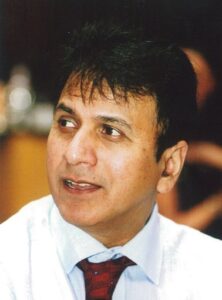 Rakesh Bhargava was formerly General Manager and Head of the IHM, Green Recycling and Lay-Up services of Wilhelmsen Ship Management having spent over 30 years with the company.
Rakesh Bhargava was formerly General Manager and Head of the IHM, Green Recycling and Lay-Up services of Wilhelmsen Ship Management having spent over 30 years with the company.
He is a specialist in traditional end-to-end management of ships, a leading authority on the inventorying of hazardous materials, an expert on safe, innovative and environmentally correct recycling of ships, and was a pioneer in the conceptualization and implementation of both hot and cold lay-up of ships in safe and secure places.
Rakesh has a proven understanding of shipping having served his stint at sea from Junior Engineer to Chief Engineer, ascended to Fleet Manager, a position he held for many years, prior to being a GM. He holds a Graduate Bachelors Degree in Mechanical Engineering, a certificate in General Management for Shipping, Certificate of Competency as Chief Engineer and several other professional qualifications.






